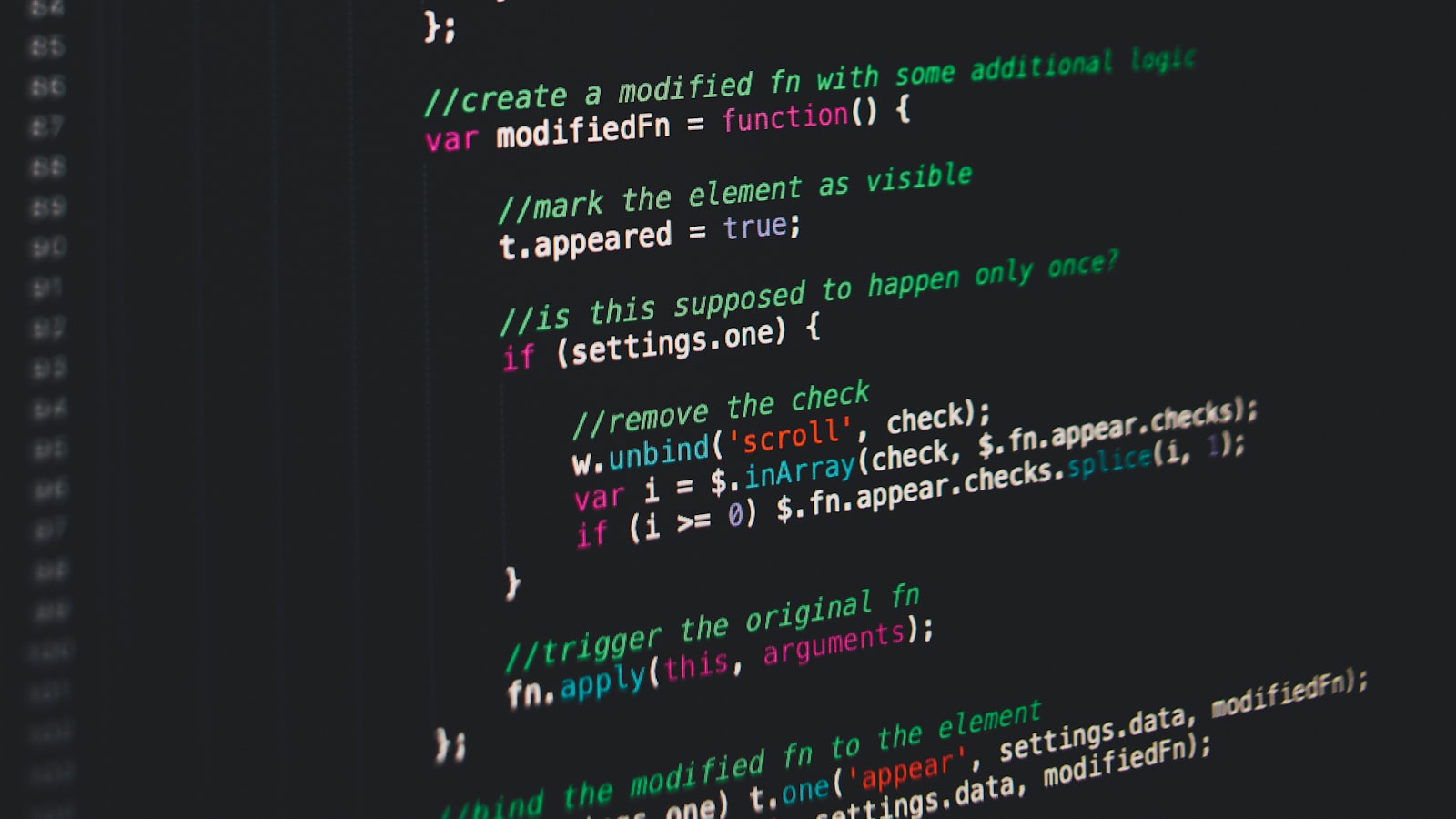백엔드 서비스 보안 패턴 소개
백엔드 서비스는 사용자 데이터, 인증 정보 등 민감한 정보를 다루므로 보안이 매우 중요합니다. 그 중에서도 CSRF, XSS, SQL Injection 등의 보안 패턴은 가장 흔하게 발생하는 보안 취약점입니다. 이러한 보안 패턴을 방어하기 위해서는 각 패턴의 특징과 위험성을 이해하고, 적절한 보안 전략을 구현해야 합니다.
CSRF, XSS, SQL Injection: 각 패턴의 특징과 위험성
CSRF (Cross-Site Request Forgery)
CSRF는 사용자가 의도하지 않은 요청을 다른 웹사이트에서 보낼 수 있는 취약점입니다. 이는 사용자의 인증 정보가 탈취되어 다른 웹사이트에서 악성 요청을 보낼 수 있는 상황이 발생할 때 주로 발생합니다. 예를 들어, 은행 웹사이트에서 사용자의 인증 정보가 탈취되면, 공격자는 해당 사용자의 계좌에서 자금을 이체할 수 있습니다.
XSS (Cross-Site Scripting)
XSS는 악성 스크립트를 삽입하여 사용자의 브라우저를 해킹하는 취약점입니다. 이는 보통 웹사이트의 입력 폼 등에서 발생합니다. 예를 들어, 사용자가 입력한 검색어를 검색 결과 페이지에 출력할 때, 악성 스크립트가 삽입되어 사용자의 브라우저를 해킹할 수 있습니다.
SQL Injection
SQL Injection은 데이터베이스 쿼리를 악성 쿼리로 조작하여 데이터베이스를 해킹하는 취약점입니다. 이는 데이터베이스 쿼리에 사용자 입력값을 그대로 사용할 때 발생합니다. 예를 들어, 로그인 폼에서 사용자가 입력한 아이디와 비밀번호를 데이터베이스에서 검증할 때, 악성 쿼리를 삽입하여 사용자 인증을 우회할 수 있습니다.
각 패턴을 방어하기 위한 보안 전략과 구현 방법
CSRF 방어
CSRF를 방어하기 위해서는 먼저 사용자의 인증 정보를 안전하게 저장하고, 악성 요청을 필터링해야 합니다. 사용자의 인증 정보는 쿠키에 저장하면 안 됩니다. 대신, 세션에 저장하여 사용해야 합니다. 또한, CSRF 토큰을 사용하여 악성 요청을 필터링할 수 있습니다. 이는 웹사이트에서 고유한 토큰을 생성하여, 모든 요청에 해당 토큰을 추가하여 검증하는 방식입니다.
@app.route('/transfer', methods=['POST'])
def transfer():
if session.get('loggedin'):
csrf_token = session.get('csrf_token')
if request.form.get('csrf_token') == csrf_token:
# Transfer money
else:
abort(403)
else:
abort(401)XSS 방어
XSS를 방어하기 위해서는 입력값을 필터링하고, 출력값을 이스케이프하여 안전하게 출력해야 합니다. 입력값을 필터링할 때는, 특수문자나 스크립트 태그 등을 제거할 수 있습니다. 출력값을 이스케이프할 때는, HTML 태그를 문자열로 변환하거나, JavaScript 코드를 실행할 수 없도록 막아야 합니다.
@app.route('/search', methods=['GET'])
def search():
query = request.args.get('q')
if query:
# Filter input
query = re.sub('["']', '', query)
# Search database
results = search_database(query)
# Output results
return render_template('search.html', results=results)
else:
return render_template('search.html')SQL Injection 방어
SQL Injection을 방어하기 위해서는 입력값을 이스케이프하여 안전하게 사용해야 합니다. 이는 데이터베이스 쿼리에 사용자 입력값을 직접 사용하지 않고, 파라미터화된 쿼리를 사용하여 검증하는 방식입니다. 파라미터화된 쿼리를 사용하면, 데이터베이스 엔진이 입력값을 문자열로 처리하여 쿼리를 실행하기 때문에, 악성 쿼리를 실행할 수 없습니다.
@app.route('/login', methods=['POST'])
def login():
username = request.form.get('username')
password = request.form.get('password')
cursor = db.cursor()
# Execute parameterized query
cursor.execute('SELECT * FROM users WHERE username = ? AND password = ?', (username, password))
user = cursor.fetchone()
if user:
session['loggedin'] = True
session['username'] = user['username']
return redirect('/')
else:
return render_template('login.html', error='Invalid username or password')보안 패턴 방어에 대한 추가적인 고려 사항 및 추천 사항
HTTPS 사용
HTTPS를 사용하면, 네트워크 상에서 데이터가 암호화되어 전송되므로, 중간자 공격을 방지할 수 있습니다. 따라서, 백엔드 서비스에서는 HTTPS를 적극적으로 사용하는 것이 좋습니다.
역할 기반 접근 제어
역할 기반 접근 제어를 사용하면, 사용자의 권한에 따라 데이터나 기능에 접근할 수 있는 권한을 제한할 수 있습니다. 이를 통해, 권한 없는 사용자가 데이터나 기능을 악용하는 상황을 막을 수 있습니다.
보안 패치 적용
보안 패치는 보안 취약점이 발견될 때마다 업데이트 되는 보안 패키지입니다. 따라서, 백엔드 서비스에서는 보안 패치를 적극적으로 적용하는 것이 좋습니다.
결론
백엔드 서비스에서는 CSRF, XSS, SQL Injection 등의 보안 패턴에 대한 적절한 보안 전략을 구현해야 합니다. 이를 위해서는 각 패턴의 특징과 위험성을 이해하고, CSRF 토큰, 입력값 필터링, 출력값 이스케이프, 파라미터화된 쿼리 등의 방어 기술을 사용해야 합니다. 또한, HTTPS 사용, 역할 기반 접근 제어, 보안 패치 적용 등의 추가적인 보안 사항을 고려하여 보안을 강화해야 합니다.
'개발' 카테고리의 다른 글
| 마이크로서비스 아키텍처에서의 백엔드 서비스 분해 전략 (0) | 2023.10.09 |
|---|---|
| 웹 백엔드 서비스에 적용하는 DevOps: CI/CD 자동화와 지속적인 통합 (0) | 2023.10.08 |
| 백엔드 서비스의 캐싱 전략: 응답 시간 개선하기 (0) | 2023.08.05 |
| 웹 백엔드 서비스에 적용하는 이벤트 기반 아키텍처 (0) | 2023.08.05 |
| 웹 백엔드 서비스 설계: 확장성과 유연성을 고려한 전략 (0) | 2023.08.05 |

